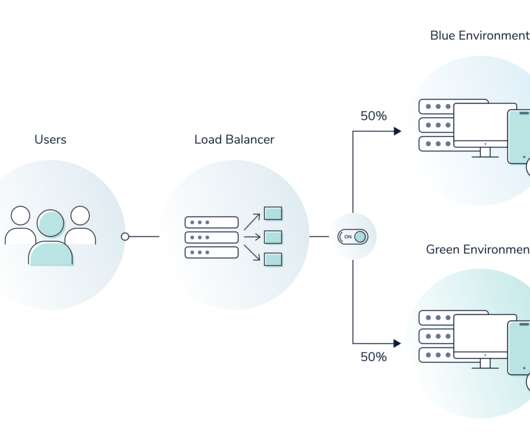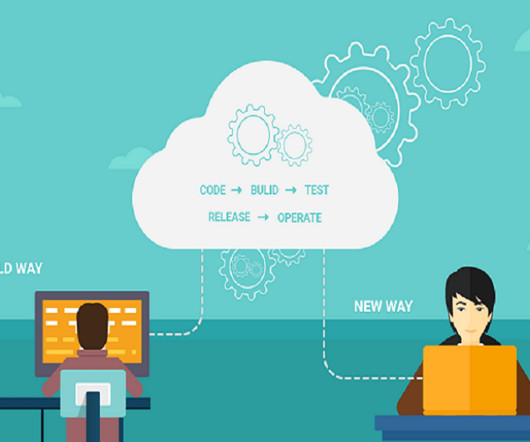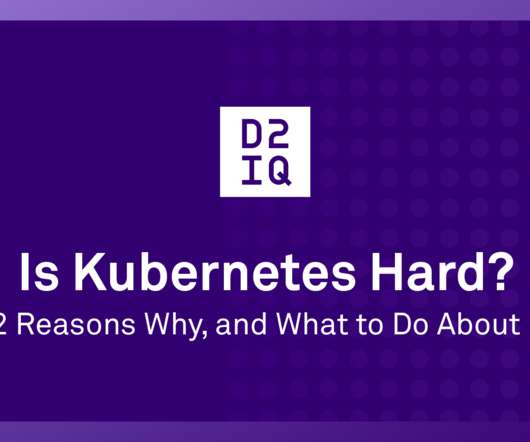Blue-Green Deployments: A Definition and Introductory Guide
LaunchDarkly
JANUARY 25, 2021
This deployment process involves creating two identical instances of a production app behind a load balancer. At any given time, one app is responding to user traffic, while the other app receives constant updates from your team’s continuous integration (CI) server. The blue environment is live. Current state.














Let's personalize your content